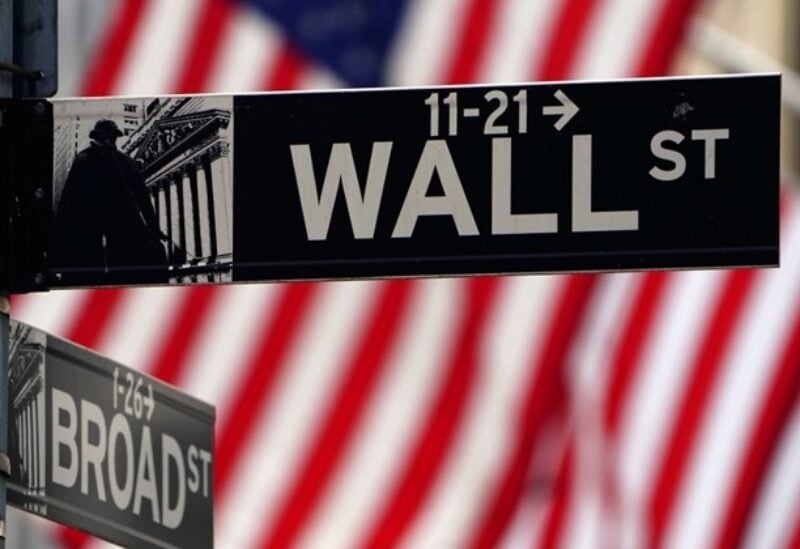
A Wall Street sign outside the New York Stock Exchange
As a result of geopolitical uncertainty and concerns about a hawkish Federal Reserve, investors are flocking to cash, commodities, and dividend-paying stocks as asset prices plummet.
As the first quarter of 2022 comes to a close, the S&P 500 is down about 5% year to date, after falling as much as 12.5 percent earlier in the year. Meanwhile, the ICE BofA Treasury Index is down 5.6 percent this year, its worst start in history.
Investors have traditionally relied on a mix of stocks and bonds to mitigate portfolio declines, with stocks ideally rising during times of economic optimism and bonds strengthening during times of uncertainty.
However, that strategy can backfire, and market gyrations caused by Russia’s invasion of Ukraine, soaring commodity prices, and the Fed’s hawkish stance have all combined to make it more difficult to follow the playbook this time around.
Though a sharp rebound in stocks has more than halved the S&P 500’s year-to-date losses, some investors are concerned that the rebound will not last and are seeking to reduce their exposure.
George Young, a portfolio manager at Villere & Co, is raising his portfolio’s cash allocation to nearly 15%, well above the typical 3% of assets he normally holds.
“Cash is paying literally nothing and is arguably negative because of inflation, but we’re not seeing many things that we want to buy,” he said.
Recent declines have “been more painful than many prior bouts of volatility” due to the twin sell-offs in both stocks and bonds, wrote Michael Fredericks, head of income investing for BlackRock’s Multi-Asset Strategies Team, in a note Friday.
To be sure, some investors believe times of overriding pessimism are ideal for buying stocks, an idea supported by ample evidence of defensive position that has accompanied the S&P 500’s recent bounce. BoFA Global Research analysts said their contrarian Bull & Bear Indicator recently gave a “buy” signal based on outflows from equity and credit and high levels of cash in investors’ portfolios.